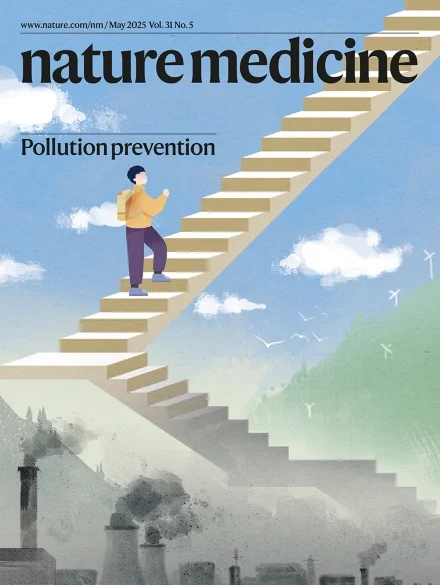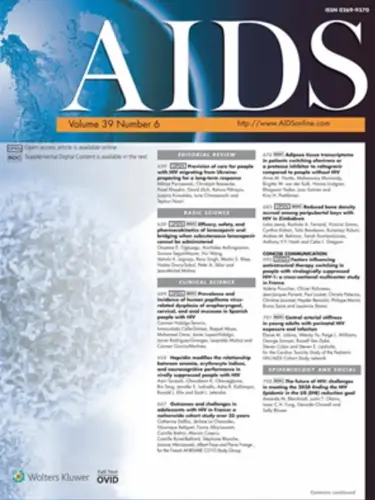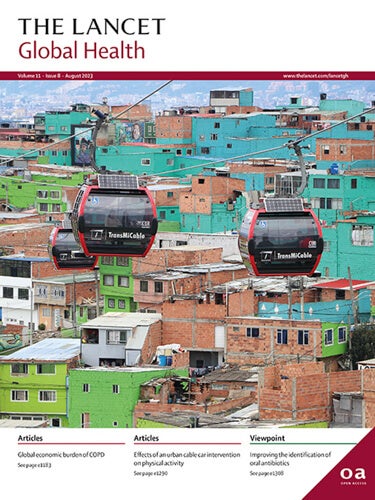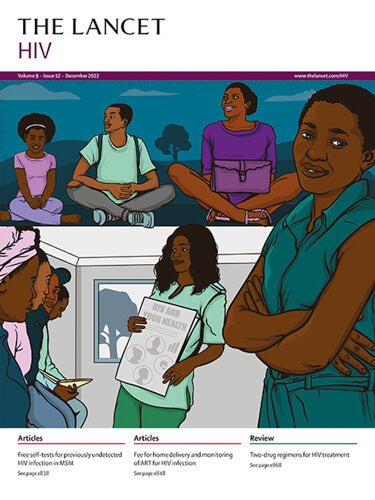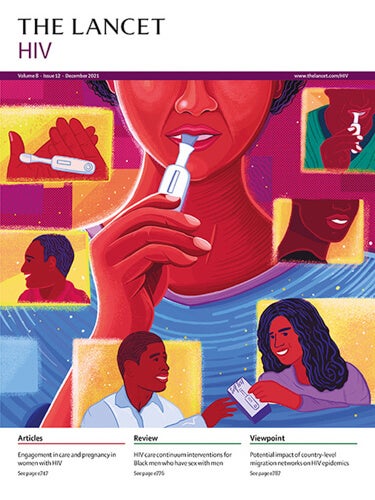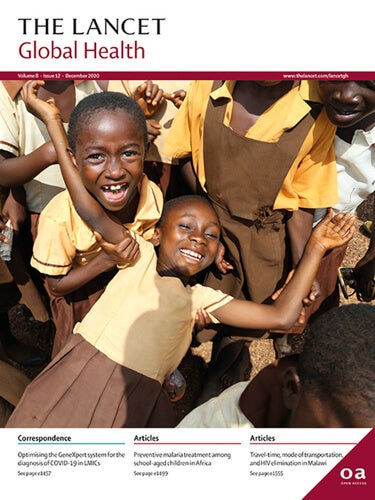Health Policy Modeling
Philosophy
UNAIDS has stated treatment targets for eliminating HIV by 2030: to diagnose 95% of HIV-infected individuals, to treat 95% of diagnosed individuals, and to achieve viral suppression in 95% of treated individuals. We focus on identifying strategies that will help reach these targets, especially the diagnosis target which is likely to be the most challenging.
Recently Published Project
Using a data-based mapping approach to reach the diagnosis treatment target
Here, we show how to reach the diagnosis target (which we refer to as the last milestone) by utilizing a data-based mapping approach to find undiagnosed people living with HIV infection (PLHIV). Our approach: (i) enables the identification of countrywide geographic variation in the level of diagnosis, (ii) identifies the geographic location of undiagnosed PLHIV, and (iii) estimates how many undiagnosed individuals live in these areas. We demonstrate the utility of our approach by applying it to Lesotho, a mountainous landlocked country in South Africa, which – by 2016/17 – had diagnosed 81% of PLHIV, provided 92% of these individuals with treatment, and achieved viral suppression in 88% of treated individuals.
The Figure shows (a) a continuous surface map (for Lesotho) of geographic variation in the level of diagnosis, and (b) a map showing the density of undiagnosed PLHIV per km2.


